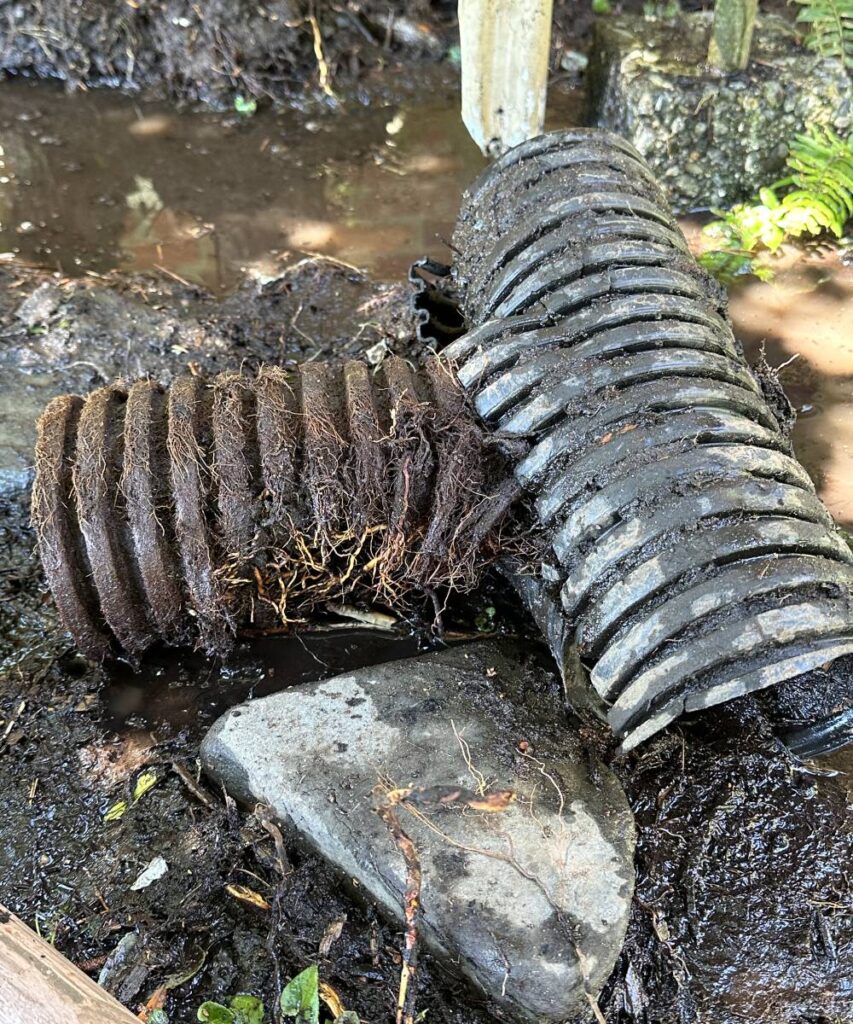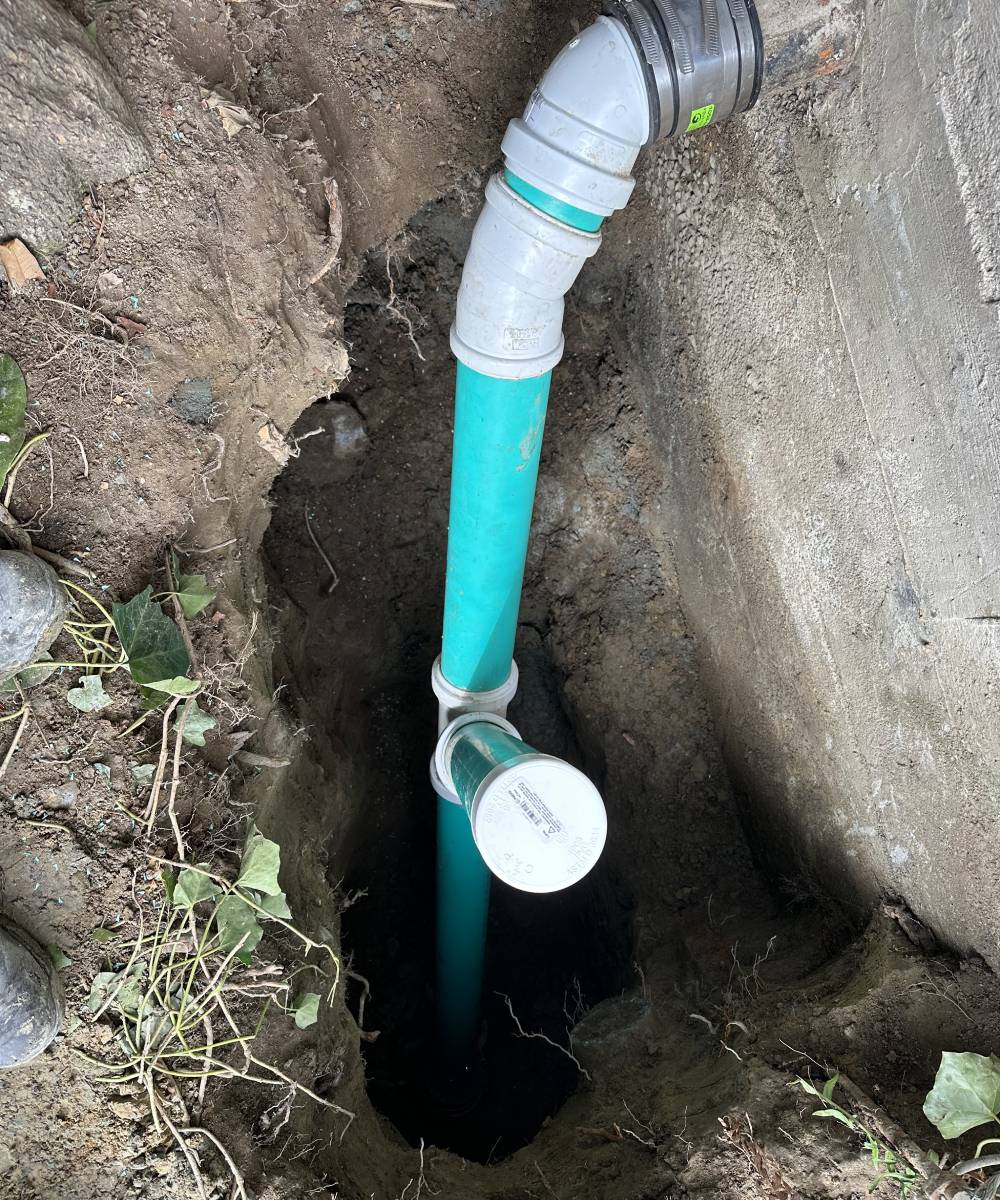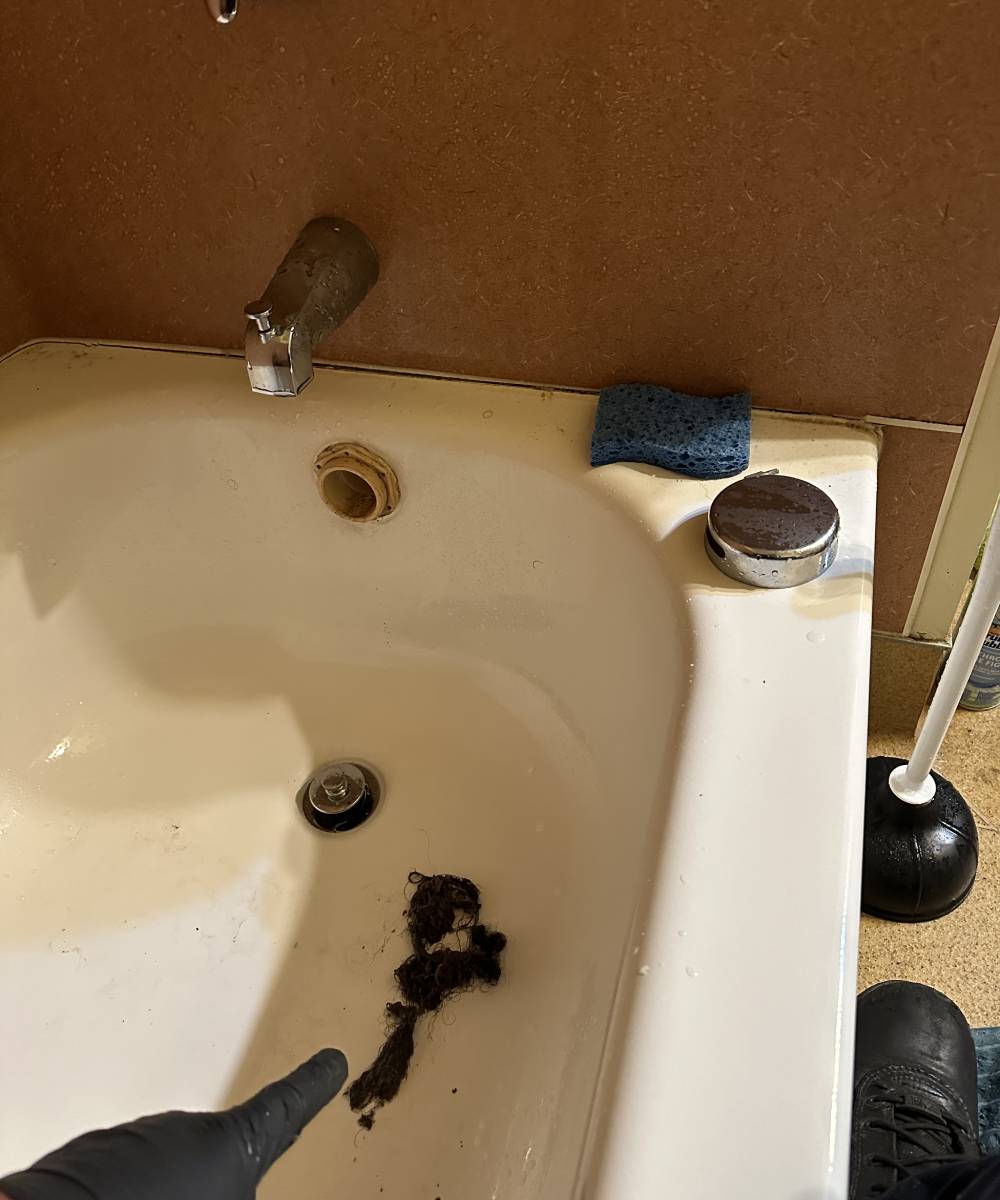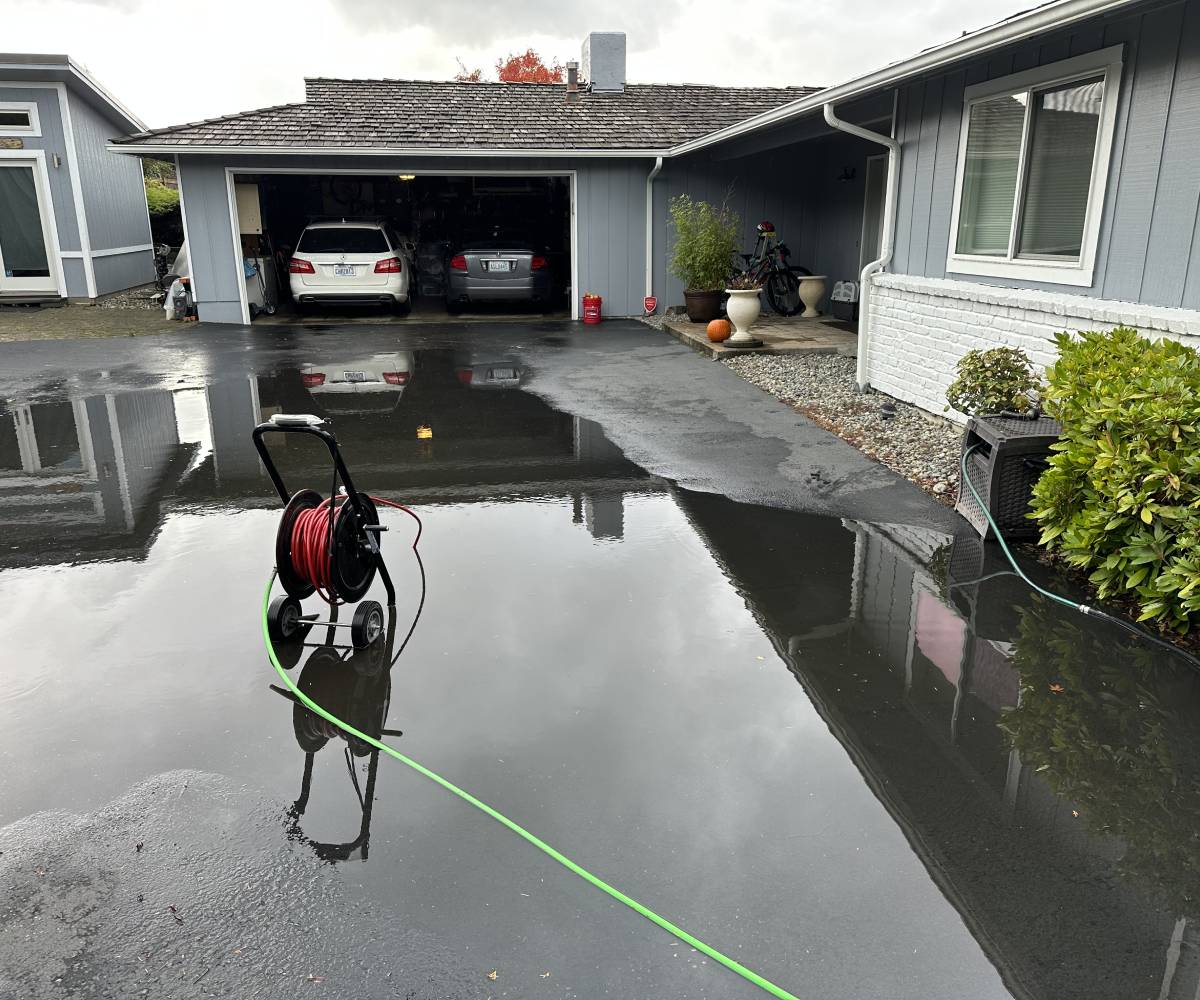Sewer line issues can disrupt daily life, often requiring invasive and costly repairs. For homeowners seeking sewer repair Seattle , traditional methods meant digging up yards or driveways to locate the problem—a process that was both disruptive and expensive. Today, 3D sewer mapping is transforming sewer line repair technology, offering a precise, efficient, and non-invasive solution. For Seattle plumbing communities, where aging infrastructure and environmental challenges are common, this innovation is a game-changer. This article explores how 3D mapping works, its benefits, and why it’s ideal for modern sewer repairs, providing you with the knowledge to make informed decisions about your plumbing needs.
What Is 3D Sewer Mapping?
3D sewer mapping is an advanced plumbing technology that creates detailed, three-dimensional models of sewer lines. Unlike traditional methods that rely on basic camera inspections or physical digging, this approach uses high-resolution cameras and sensors to map the interior of pipes with unparalleled accuracy. The result is a digital blueprint that highlights issues like cracks, blockages, or corrosion without disrupting your property.
This non-invasive sewer repair technique is particularly valuable in cities like Seattle, where older homes and municipal sewer systems often face challenges from wear and tear. By providing a clear view of the pipe’s condition, 3D mapping eliminates guesswork, allowing plumbers to plan repairs with precision. Homeowners benefit from faster diagnostics, reduced costs, and minimal disruption to their landscapes or driveways.
How 3D Mapping Technology Works
The process of 3D sewer mapping is both sophisticated and streamlined, making it a cornerstone of modern sewer line repair technology. Here’s how it works:
- Insertion of a Robotic Device: A small, sensor-equipped robotic camera is inserted into the sewer line through an access point, such as a cleanout or manhole. The device is designed to navigate pipes of various sizes and materials.
- Data Collection: As the camera moves through the pipe, it captures high-resolution images and collects data on the pipe’s condition, including its shape, diameter, and any anomalies like cracks or blockages. Sensors may also measure pipe slope and alignment.
- 3D Model Creation: Specialized software processes the collected data to generate a three-dimensional model of the sewer line. This model provides a comprehensive view of the pipe’s interior, pinpointing the exact location and severity of issues.
- Analysis and Planning: Plumbers review the 3D model to diagnose problems and develop a targeted repair plan. The model can be shared with homeowners, offering transparency about the scope of work needed.
This sewer inspection process typically takes 1–2 hours, depending on the system’s complexity. Its precision reduces the need for exploratory digging, saving time and money while ensuring accurate repairs.

Benefits of 3D Mapping for Sewer Line Repairs
The adoption of 3D sewer mapping has revolutionized sewer line repair technology by offering numerous advantages over traditional methods. Here are the key benefits:
- Unmatched Accuracy: The technology identifies the exact location, size, and nature of issues, such as root intrusions or pipe fractures, ensuring repairs are precise.
- Non-Invasive Approach: By eliminating the need for extensive digging, 3D mapping preserves landscapes, driveways, and other structures, making it ideal for non-invasive sewer repair.
- Cost-Effective: Accurate diagnostics reduce labor and material costs by minimizing unnecessary repairs or excavations.
- Time-Saving: The streamlined process allows for faster inspections and repairs, reducing downtime for homeowners.
- Preventive Maintenance: 3D mapping can detect minor issues before they escalate, preventing costly emergencies like sewer backups.
- Eco-Friendly: Less digging means reduced environmental disruption, aligning with sustainable plumbing practices.
For Seattle plumbing systems, where urban density and environmental factors like heavy rainfall can complicate repairs, these benefits make 3D mapping an invaluable tool. Homeowners can address issues efficiently while maintaining the integrity of their property.
Applications in Seattle Plumbing
Seattle’s plumbing infrastructure faces unique challenges, from aging clay pipes to frequent tree root intrusions and heavy rainfall that strains sewer systems. 3D sewer mapping is particularly well-suited to address these issues, making it a go-to solution for Seattle plumbing professionals. Here are some key applications:
- Detecting Root Intrusions: Tree roots are a common cause of sewer line blockages in Seattle’s lush neighborhoods. 3D mapping identifies the extent of root damage, allowing for targeted removal and repair.
- Assessing Pipe Corrosion: Older homes often have corroded or deteriorating pipes. The technology provides a clear view of pipe condition, helping plumbers decide whether to repair or replace.
- Navigating Urban Challenges: In dense Seattle neighborhoods, digging can be disruptive. 3D mapping enables non-invasive sewer repair, minimizing impact on streets and properties.
- Preventing Flooding: By identifying blockages or misaligned pipes, 3D mapping helps prevent sewer backups during heavy rains, a frequent concern in the region.
For example, a Seattle homeowner experiencing slow drains might use 3D mapping to discover a partial blockage caused by roots. The plumber can then perform a targeted repair, avoiding unnecessary excavation. This efficiency is why 3D mapping is becoming a standard in sewer repair innovation.
Comparing 3D Mapping to Traditional Methods
To understand the impact of 3D sewer mapping, it’s helpful to compare it to traditional sewer repair methods. Conventional approaches often involve trial-and-error, leading to higher costs and disruption. Here’s a breakdown:
| Feature | Traditional Methods | 3D Mapping Technology |
|---|---|---|
| Accuracy | Low, relies on guesswork | High, precise diagnostics |
| Invasiveness | High, requires digging | Low, non-invasive |
| Cost | High due to labor | Moderate, efficient |
| Time Required | Long, multiple days | Short, 1–2 hours for inspection |
| Environmental Impact | High, disrupts landscapes | Low, eco-friendly |
Traditional methods often involve excavating large sections of a property to locate a problem, which can be costly and time-consuming. In contrast, 3D sewer mapping uses advanced plumbing technology to pinpoint issues with minimal disruption. For Seattle homeowners, this means faster, more affordable repairs without sacrificing quality.
The Future of Sewer Line Repair Technology
The plumbing industry is evolving rapidly, and 3D sewer mapping is at the forefront of this transformation. As advanced plumbing technology continues to advance, we can expect even greater innovations in sewer repair innovation. Some emerging trends include:
- AI Integration: Artificial intelligence could enhance 3D mapping by automatically analyzing models and predicting future pipe issues.
- Real-Time Monitoring: Future systems may allow for continuous sewer line monitoring, alerting homeowners to problems before they escalate.
- Improved Materials: Combining 3D mapping with trenchless repair techniques, like pipe lining, will make repairs even more durable and efficient.
In cities like Seattle, where environmental and infrastructural challenges are ongoing, these advancements will make sewer line repair technology more accessible and effective. As adoption grows, 3D mapping is poised to become the industry standard, offering homeowners peace of mind and sustainable solutions.
Conclusion
3D sewer mapping is transforming sewer line repair technology, offering homeowners a precise, cost-effective, and eco-friendly solution for sewer issues. From its ability to pinpoint problems without digging to its applications in Seattle plumbing, this technology is setting a new standard for efficient repairs. By understanding how 3D mapping works, homeowners can make informed decisions to protect their properties and avoid costly disruptions.
For reliable plumbing solutions in the Seattle area, consider KnightRooter, a trusted provider of sewer line repair Seattle . They also offer expert services like drain cleaning Everett, drain cleaning Woodinville, and drain cleaning Snohomish. Contact KnightRooter to address your plumbing needs with professional care and efficiency.
FAQ
1. What is 3D sewer mapping?
2. How long does a 3D sewer mapping inspection take?
3. Is 3D mapping expensive?
4. Can 3D mapping prevent sewer backups?
5. Is this technology available in Seattle?
For professional and fast drain cleaning Bothell, drain cleaning Seattle, and drain cleaning Bellevue, contact KnightRooter. Our team is ready to provide the best solutions for your drain issues.





No comment yet, add your voice below!